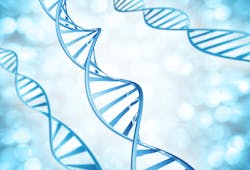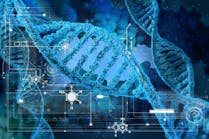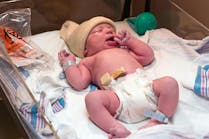Polygenic scores – estimates of an individual’s predisposition for complex traits and diseases – hold promise for identifying patients at risk of disease and guiding early, personalized treatments, but UCLA experts found the scores fail to account for the wide range of genetic diversity across individuals in all ancestries.
The researchers’ analysis, published in Nature, shows that the accuracy of polygenic scores (PGSs) varies between individuals across a continuum of genetic ancestry – and this is true even in populations that are traditionally considered as ‘homogeneous,’ (e.g., Europeans) said Pasaniuc, the paper’s senior author.
Assessing PGS performance has commonly been done at the “population” level, such as in “Europeans,” clumping individuals of similar ancestries in a genetic-ancestry cluster, the authors said.
To provide a more precise estimate of PGS accuracy, the researchers developed a method to evaluate PGS accuracy at the individual level. To test it, they applied PGSs for 84 complex traits to data from more than 35,000 individuals in the UCLA ATLAS Precision Health Biobank, one of the most diverse biobanks in the world, in part because the Los Angeles area is home to one of the most ancestrally diverse populations globally.
The new tool’s “training” data came from a subset of individuals in the UK Biobank in the United Kingdom. As a substitute for discrete genetic ancestries, a continuous metric of “genetic distance” was used to establish the position of each individual in the ATLAS database on the genetic-ancestry continuum, essentially showing how similar or dissimilar a target (ATLAS) individual’s genome was to that from the UK training population.
The accuracy of PGSs declined as genetic distance became greater even when the researchers looked specifically at genetic-ancestry groupings that have been considered homogeneous, such as among individuals of European genetic ancestries. Conversely, some individuals not identified with European ancestry could have higher levels of genetic similarity, showing that PGS performance could differ between two individuals from the same ancestry but be comparable for two people from different ancestries – depending on their genetic similarity.





